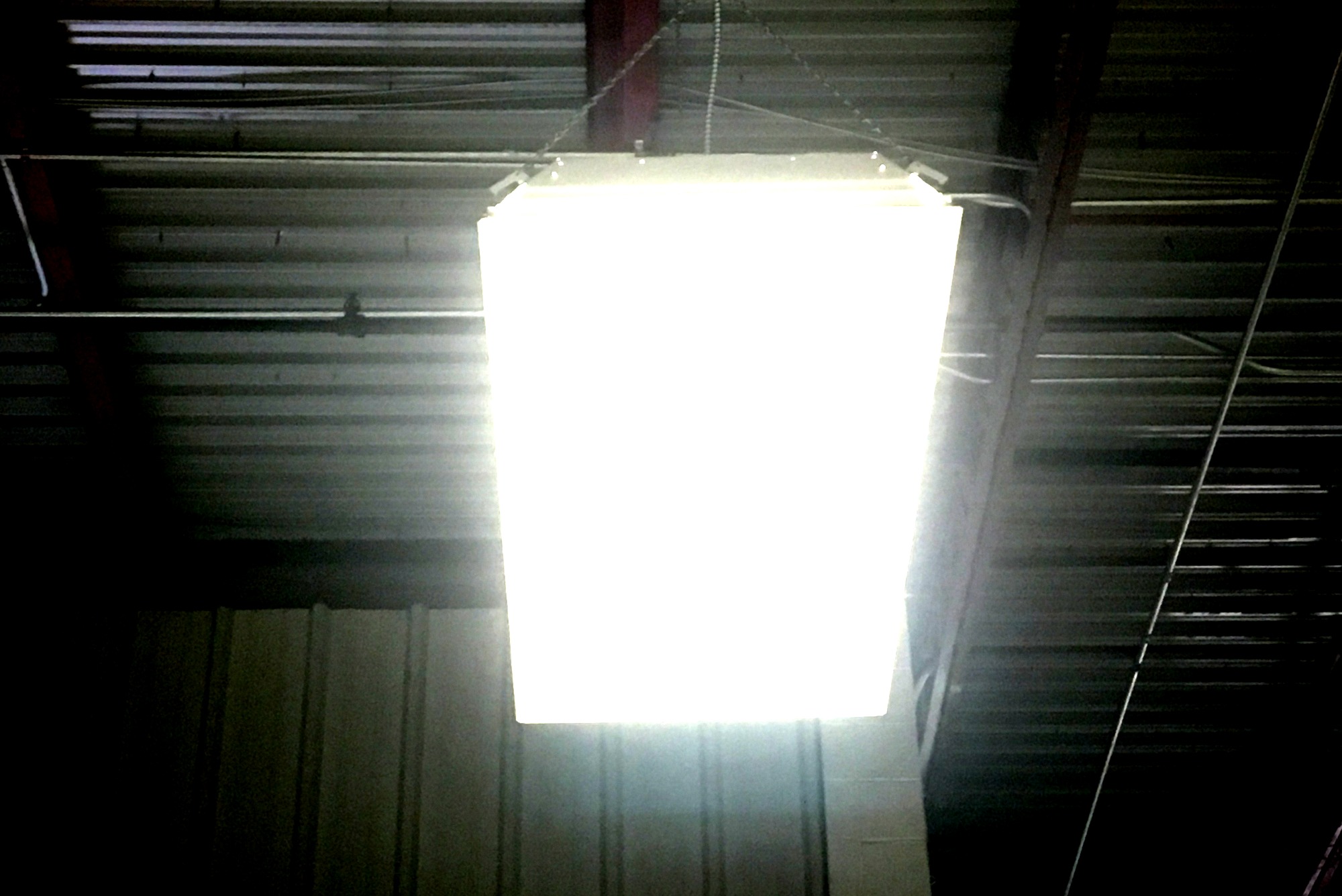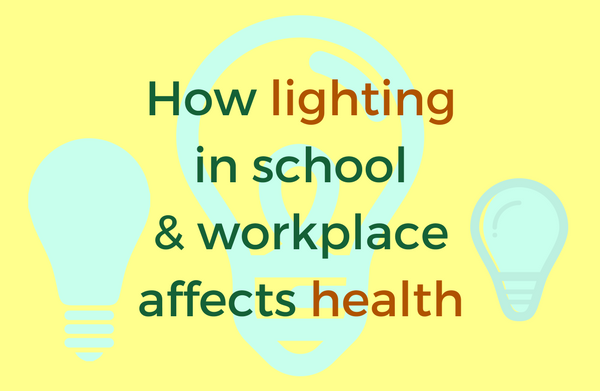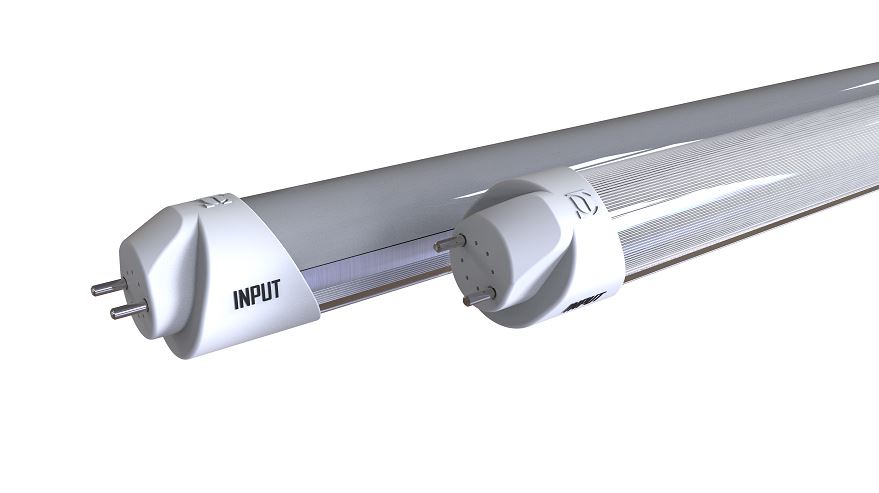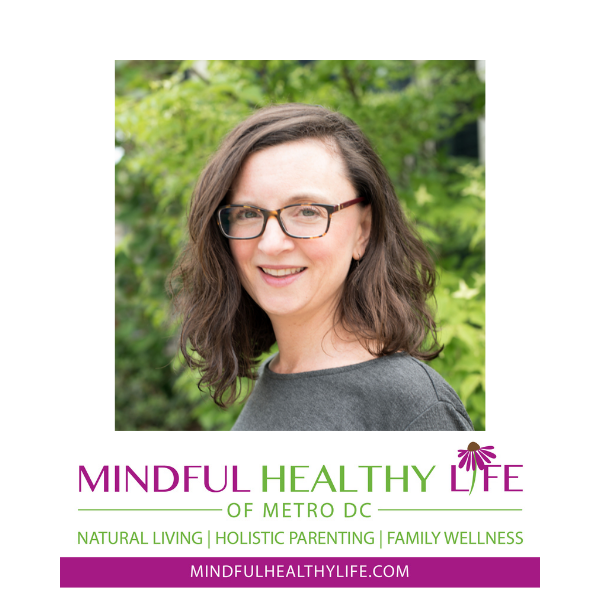How healthy is your workplace or school environment? Could poor lighting be causing you health problems?
I recently had the opportunity to interview Jerry Yudelson, “The Godfather of Green” regarding a new survey on health in the workplace conducted by Wakefield Research for Energy Focus, Inc, a leader in LED technologies. Mr. Yudelson has been involved in the green building movement since 1997. He has been a keynote speaker and has authored more than 13 books on green buildings, water conservation, green homes, green marketing and sustainable development.
The Wakefield study interviewed 1,000 US full-time workers and the results showed that despite 73 percent of workers reporting that they are confident they are in a healthy building, the majority of those surveyed still report harmful building practices that can lead to unhealthy work environments.
Most of us do not really know how healthy the building is where we work every day and whether it has good air circulation, poor filtration or a lighting problem that could be affecting our health.
Some of the main highlights of the study results include:
- 67% of full-time office workers say the air in their offices frequently feels “stuffy”
- 57% of workers feel their office is either too hot or too cold most days
- 69% of workers have noticed a problem with their office’s lights, and 71% have experienced a health issue specifically due to the lighting, including eye strain, headaches, and an inability to focus
- 75% say they would leave a job if working in an unhealthy building
Click here to learn review all the study results.

According to Mr. Yudelson, one of the biggest concerns in office buildings today is poor lighting since many lights in offices and schools have fluorescent lighting. This lighting often flickers. Although invisible to the human eye, flickering can cause unnecessary stress on the human brain and can cause eyes to become tired and puffy with an overall sense of not feeling well. Eliminating this flicker can help reduce headaches, eyestrain and other ailments. People with sensory orders such as autism can be especially affected by the flickering.
Mr. Yudelson points out, however, that there are safer and healthier options, such as changing out the fluorescent lighting in an office or school environment to UL certified low-flickering LED lighting. It is important to note that not all LED lighting is non-flickering, and some can actually flicker more than fluorescent lighting. Energy Focus was the creator of the first UL certified low-flicker LED products.
A company’s number one concern, according to Mr. Yudelson, is employee health and productivity, and 90% of the cost of running an office is the people. Although the upfront costs for LED lights may be higher, the payback is fairly quick from just the energy savings alone but the real payoff happens when employees are healthier and more productive.
What can you do to improve the lighting in your office? Mr. Yudelson encourages employees to look more closely at the lighting in their office buildings and inquire about changing the lighting to LED that is UL certified as non-flickering.
What does this mean for staff and students in schools? The same principals apply here as well. Studies have shown that kids perform much better when they see natural light but when supplemented by other lighting sources, switching to LED lights that do not flicker will help schools save money while providing a healthier light source for the students and staff allowing them to be more productive.
Just like with an organization, concerned parents need to bring the issue up to the right people within their School Facilities department and see how they can get involved in making this change happen. According to Mr. Yudelson, the State of Texas has made LED lights now available to schools through state-wide purchasing organizations and hopefully more states will follow in their footsteps.
To learn more about the health risks of light flickering go to www.energyfocus.com/flickeroff. There are also educational materials there as well as a pre-drafted email that you can send to your office or school facilities manager to request that lights in your work place be changed to a healthier option.
Thanks to Energy Focus for making this interview possible.

Amy Thomas is an Interior Designer in the Washington, DC and Northern Virginia area with a focus on creating a healthy living environment for her clients through the use of eco-friendly and sustainable home furnishings and finishes without sacrificing quality and style. She is also a certified GREENleader through the Sustainable Furnishings Council. Amy volunteers for the Arlington County School Health Advisory Board due to her strong interest in healthy learning environments. To learn more about Amy you can visit her Facebook page at https://www.facebook.com/amythomasdesign/.



Thanks Jessica for the fabulous resource here; mindful healthy life.